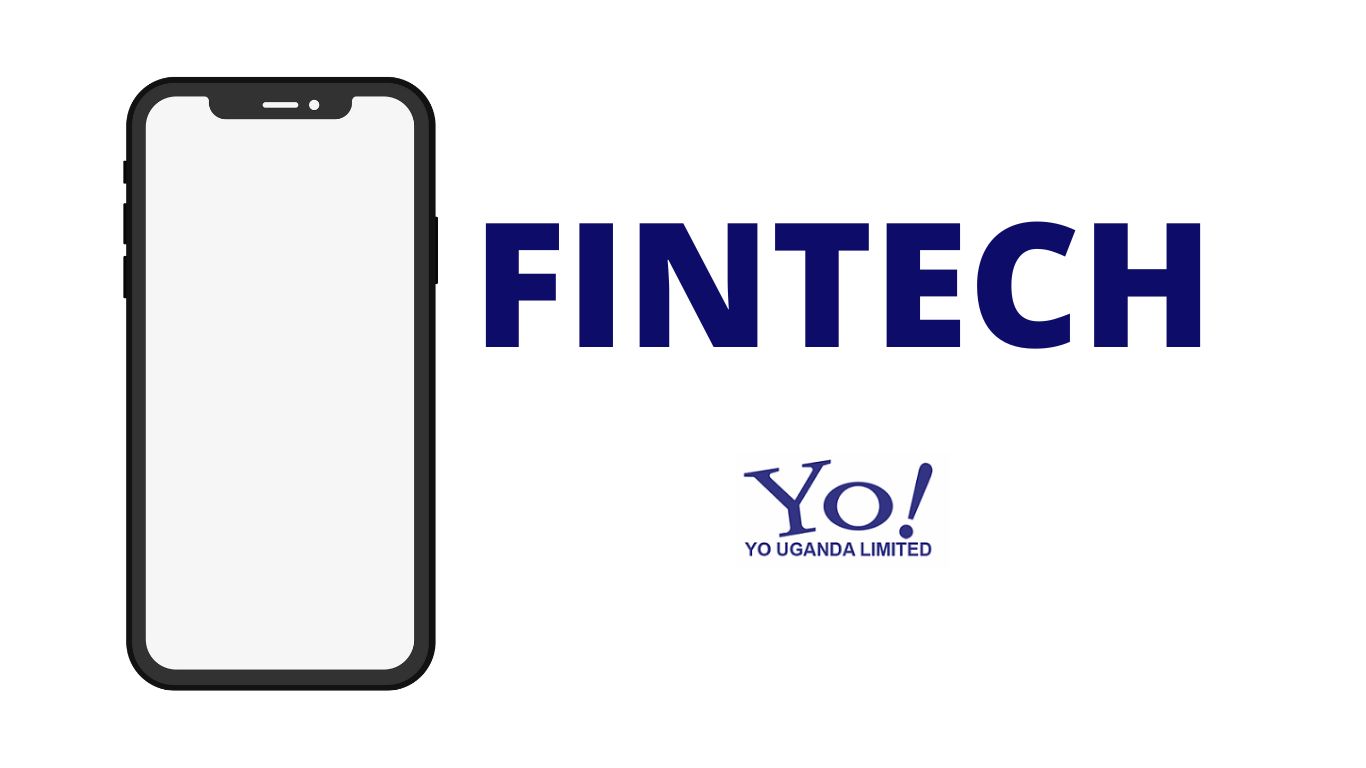New innovations in FinTech (financial technologies) is constantly allowing financial institutions to serve their customers in innovative and unforeseen ways.
The financial industry is experimenting with automation, predictive analytics, new delivery platforms, digital-only banking, blockchain and more. These changes are helping the institutions provide higher quality services at lower price points.
As a result, companies in the financial sector are able to better align their business strategies to consumer expectations. The emphasis is on creating better digital processes that consumers can personalize. And these digital FinTech enhancements are creating more positive consumer experiences.
Let’s look into some cutting-edge technologies that are directly impacting the relationship between consumers and financial institutions.
1. Artificial intelligence for predictive analytics
Besides powering chatbots and virtual assistants, artificial intelligence (AI) is also powering large-scale predictive analytics to help consumers find more personalized experiences. Now banks have the power to take all the data about a particular consumer and create a particular financial solution in real-time.
This level of personalization was unthinkable in the past. It might break up the traditional model of checking, savings, and loan management processes.
Banks can use the AI-driven predictive analytics to design individual financial packages for individual customers. AI in FinTech helps improve customer retention, speed-up loan approvals and prevent financial frauds.
2. Chatbots and virtual assistants for consumer education
Mobile devices, better network connectivity and improvement in artificial intelligence have made chatbots and virtual assistants easy to implement.
Most people are not financially savvy. When they contact any kind of financial institution, they are looking for guidance.
In the past, human advisors helped consumers understand their options. However, most of the customers have a similar line of questions with slight variations.
Banks and other financial institutes tried to answer these questions through frequently asked question (FAQ) pages. But these pages can become hard to navigate due to their length and become ineffective.
So businesses in the financial sector are using chatbots and virtual assistants to more effectively deliver content.
3. Digital-only banking
In the past, consumer confidence in financial institutions depended on physical infrastructure.
However, that sentiment seems to be changing. Most banks already maintain some form of digital presence through websites and mobile apps. However, a new generation of banks is going all digital to reach mobile-first consumers.
Digital-only banks (the most profound example of FinTech technologies on the market today) cut down infrastructure and human resources costs. So they can deliver cheaper services of the same quality as traditional banks.
As more digital banks start offering better deals to consumers, traditional financial institutions will have to compete. Overall, it will provide better options for consumers.
4. Internet of things (IoT)
Even though most FinTech companies are not utilizing IoT at the moment, there are lots of opportunities to explore. IoT is basically various connected devices.
As more and more devices get connected to the internet, it opens up new opportunities for financial institutes.
For example, companies can deploy IoT devices to collect insurance telematics and use the information to provide customized insurance coverage. In case of an accident, IoT devices can provide more accurate information to make faster claim decisions.
So, the deployment of IoT-based insurance services means consumers can take advantage of cheaper rates and get faster services.
5. Augmented Reality
Augmented reality (AR) is helping FinTech institutions enhance and enrich services for consumers.
Compared to virtual reality (VR), AR has proven more practical. VR requires expensive headsets. But most consumers can access AR technology through their mobile phones. Financial institutions are trying to create interactive AR experiences in physical spaces.
Wells Fargo has created an AR-based system [] that allows consumers to interact with bank tellers in an augmented reality environment. The experience combines the digital and physical world for consumers. They feel more connected to the institution because the experience has a physical component to it.
Summary
Consumers are benefitting from the various technologies that the financial industry is implementing. In a competitive market place, consumer confidence is always important. So, financial institutions who can embrace innovative solutions will enjoy sustained consumer loyalty.




